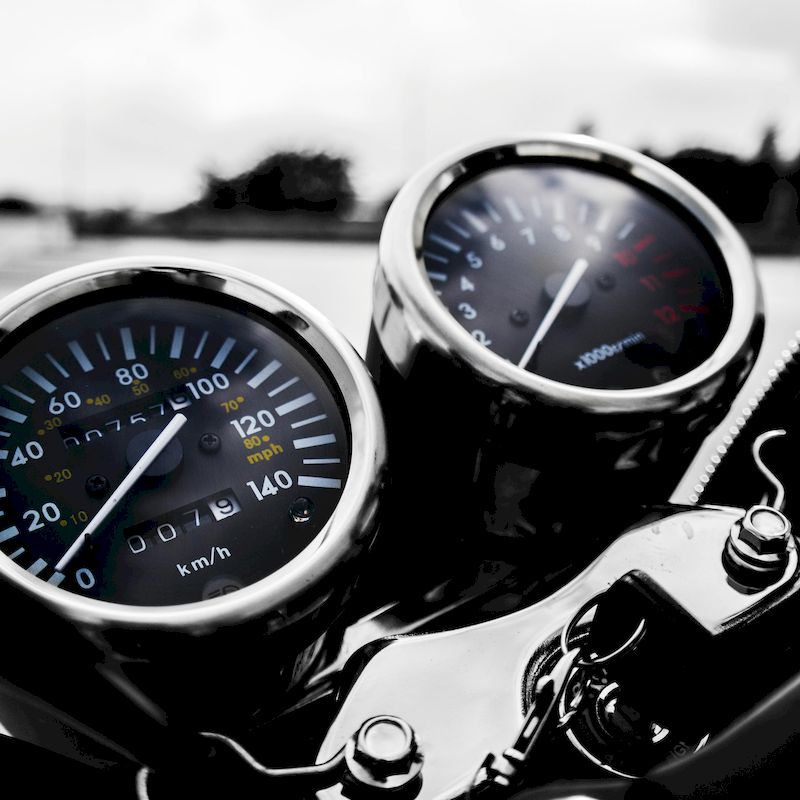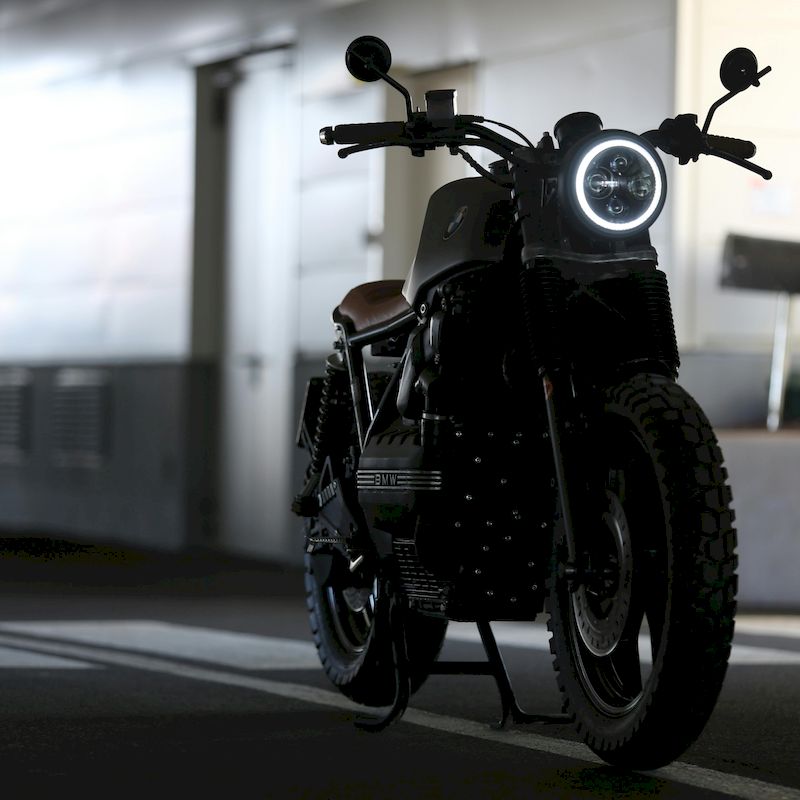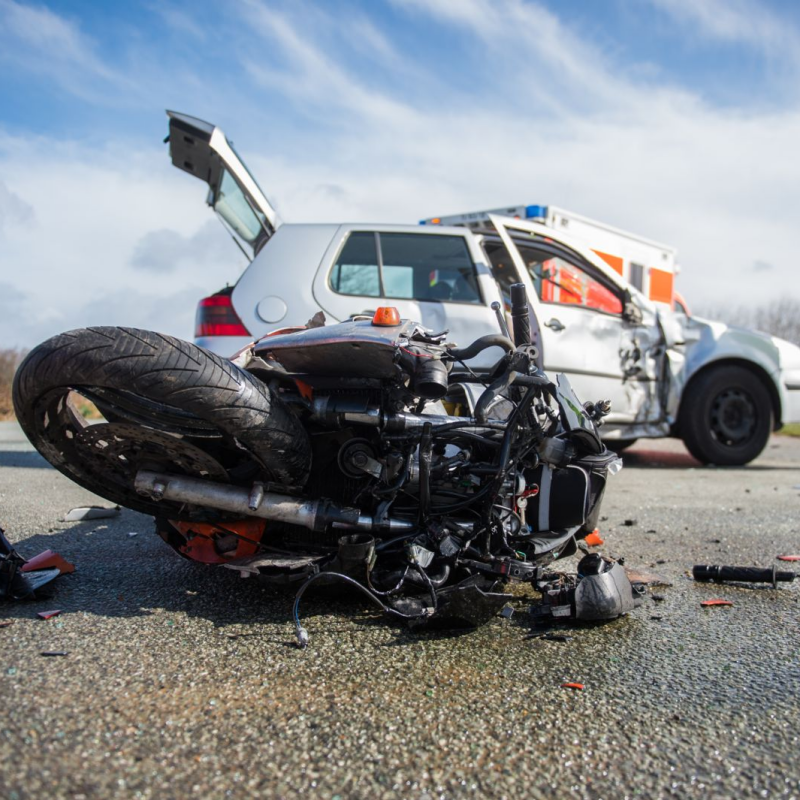Introduction
California is known for its picturesque landscapes, winding roads, and a vibrant motorcycle culture. Whether you’re a seasoned rider or a novice, understanding how to get a motorcycle license in California is the first step toward hitting the open road. This guide will navigate you through each phase of the process, ensuring you have all the necessary information to ride legally and safely.

Understanding the Types of Motorcycle Licenses in California
Before diving into the steps of obtaining your motorcycle license in California, it’s essential to understand the types of motorcycle licenses available.
1. Class M1 License
The Class M1 license allows you to operate any motorcycle and motor-driven cycle. With this license, you can ride motorcycles of all sizes without restrictions.
2. Class M2 License
On the other hand, the Class M2 license restricts you to riding motorized bicycles, scooters, and motorcycles with a maximum engine size of 149cc. If your riding needs are limited to small engine bikes or scooters, the M2 license may suffice.
Eligibility Requirements for a Motorcycle License in California
To ensure that you can legally obtain a motorcycle license in California, you need to fulfill a set of eligibility requirements.
1. Age Requirement
The minimum age to apply for a motorcycle permit is 15½ years old. However, to receive a full motorcycle license, you must be at least 18 years of age.
2. Possession of a Valid Driver’s License or Learner’s Permit
While it is not mandatory to possess a regular driver’s license before applying for a motorcycle license, having a California driver’s license or a learner’s permit can help streamline the process.
3. Completion of a Motorcycle Safety Course
In California, completing a California Motorcyclist Safety Program (CMSP) Basic Rider Course (BRC) is not mandatory but highly beneficial. Completing the course can waive the riding skills and knowledge tests when applying for your license.
Steps to Get a Motorcycle Permit in California
After familiarizing yourself with the requirements and types of licenses, the next step is obtaining a motorcycle permit. Below are the essential steps in this process.
1. Study the California Motorcycle Handbook
Before heading to the DMV, ensure you have full knowledge of the motorcycle laws and regulations in California by studying the California Motorcycle Handbook. This handbook includes information about safe driving practices, motorcycle operation, and California laws.
2. Schedule an Appointment at the DMV
You need to make an appointment at the local DMV office to take the written test. Appointments can be made online through the DMV website.
3. Complete the Written Test
Upon arrival at the DMV, you will need to take the written knowledge test. This test usually comprises true/false and multiple-choice questions that evaluate your understanding of motorcycle laws and safe riding practices.
4. Pay the Application Fee
Once you pass the written test, you’ll need to pay the application fee. Fees may vary based on factors like the type of license and renewal status. Ensure you have the appropriate payment method.
5. Obtain your Motorcycle Learner’s Permit
After successfully passing the written test and paying the fee, you will be issued a motorcycle learner’s permit. This permit allows you to practice riding on public roads, but it comes with certain restrictions:
- You cannot carry passengers.
- You cannot ride at night.
- You must wear a helmet at all times.
Completing the Motorcycle Skills Test
Once you have obtained your motorcycle permit and have practiced your riding skills, you’re ready to take the motorcycle skills test. Here’s how to approach this critical step.
1. Prepare for the Test
Practice is crucial. Ensure you spend ample time on your motorcycle and focus on key skills such as cornering, braking, and controlling your motorcycle at various speeds. If you completed the CMSP BRC, you’d already have a structured environment to hone these skills.
2. Schedule the Skills Test
You can schedule your skills test at the DMV where you obtained your permit or at a California Highway Patrol (CHP) office. Check availability and ensure you arrive on time.
3. Complete the Skills Test
During the skills test, you will demonstrate essential riding skills in a controlled environment. Expect to perform maneuvers such as:
- Quick stops
- Turns
- Obstacle avoidance
4. Receive Your Results
After completing the skills test, the examiner will provide feedback. If you pass, you can proceed to the next step of obtaining your Class M1 or M2 license.
Obtaining Your Motorcycle License in California
Once you’ve successfully completed both the written and skills test, you’re ready to obtain your motorcycle license. This process is relatively straightforward and involves the following steps:
1. Pay the Licensing Fee
Like the application fee for your learner’s permit, there will be a fee associated with obtaining your motorcycle license. Plan to bring adequate payment to the DMV.
2. Submit Required Documents
When applying for your motorcycle license, be prepared to submit necessary documents such as:
- Your motorcycle permit
- Proof of identity and residency
- Any completion certificates from safety courses
3. Take a Vision Test
A vision test will be conducted to ensure you can safely operate a motorcycle. Make sure you can read traffic signs and clear vision is maintained.
4. Receive Your License
Upon successful completion of all requirements, you’ll receive your motorcycle license. It’s important to familiarize yourself with the rules of the road and continue developing your riding proficiency.
Tips for a Successful Motorcycle Licensing Experience
Acquiring a motorcycle license is a significant milestone. To make the experience smoother and more successful, consider the following tips:
1. Practice Regularly
Accept that riding a motorcycle is an acquired skill that requires practice. Spend ample time practicing within safe environments.
2. Take Advantage of Safety Courses
Even if not required, taking a motorcycle safety course can equip you with crucial riding skills and knowledge, and waiving the skills test makes it advantageous.
3. Maintain Your Motorcycle
Always ensure your motorcycle is in peak condition before hitting the road. Regularly check tire pressure, brakes, lights, and other essential systems.
4. Follow the Rules of the Road
Adhering to all traffic laws is crucial for your safety and maintaining your motorcycle license. Always wear appropriate safety gear.
5. Join a Motorcycle Community
Engaging with a local motorcycle community can provide support, resources, and guidance, enhancing your riding experience.
The Importance of Safety Gear
Once you have your motorcycle license, the adventure of riding truly begins. However, before you rev up your engine and hit the open road, it’s imperative to focus on safety.
1. Essential Safety Gear
Wearing the right safety gear can significantly reduce the risk of injury in case of an accident. Here are some must-have items for every rider:
- Helmet: The most crucial piece of safety equipment. In California, wearing a DOT-approved helmet is mandatory. Look for helmets that fit comfortably and have the necessary safety certifications.
- Jackets: Invest in a durable motorcycle jacket made of leather or a similar material. Look for features like reinforced padding and ventilation for comfort during rides.
- Gloves: Proper gloves can enhance grip and protect your hands from abrasions. Choose gloves made specifically for riding that offer ventilation and knuckle protection.
- Pants: Consider wearing motorcycle pants, which often come with protective features. For casual rides, padded jeans or durable cargo pants are also good options.
- Boots: Sturdy, high-ankle boots provide protection and support. They should have non-slip soles and be made of materials that can withstand abrasion.
2. The Role of Training in Safety
Continuous education and training can significantly improve your riding skills. After you’ve obtained your license, consider enrolling in advanced riding courses to refine your technique and learn defensive riding strategies. These courses help you stay updated on safety practices and state regulations and boost your confidence on the road.
Understanding California Motorcycle Laws
Familiarizing yourself with California’s motorcycle laws will help you navigate various aspects of riding, ensuring compliance and safety during your journeys.
1. Lane Splitting
California is unique in that it allows lane splitting, the practice where motorcyclists ride between lanes of slow-moving or stopped traffic. However, lane splitting should be done responsibly:
- Do not exceed a speed differential of 10 mph faster than the surrounding traffic.
- Avoid lane splitting in heavy traffic situations or when vehicles are moving at high speeds.
2. Required Documentation
Always carry your motorcycle license, motorcycle registration, and proof of insurance while riding. Failing to present these documents if pulled over can lead to penalties.
3. Riding with Passengers
If you hold an M1 license, riding with passengers is permitted, but both you and your passenger must wear helmets. Ensure your motorcycle is equipped to carry an additional rider safely.
4. DUI and Other Violations
Riding under the influence of drugs or alcohol is strictly prohibited. California follows the same DUI laws for motorcyclists as it does for car drivers. Consequences of a DUI can include fines, license suspension, and mandatory participation in rehabilitation programs.
Conclusion
Knowing how to get a motorcycle license in California is essential for safety and compliance on the road. Following these outlined steps enables you to confidently navigate the process and enjoy the freedom of motorcycle riding.





